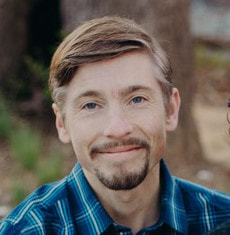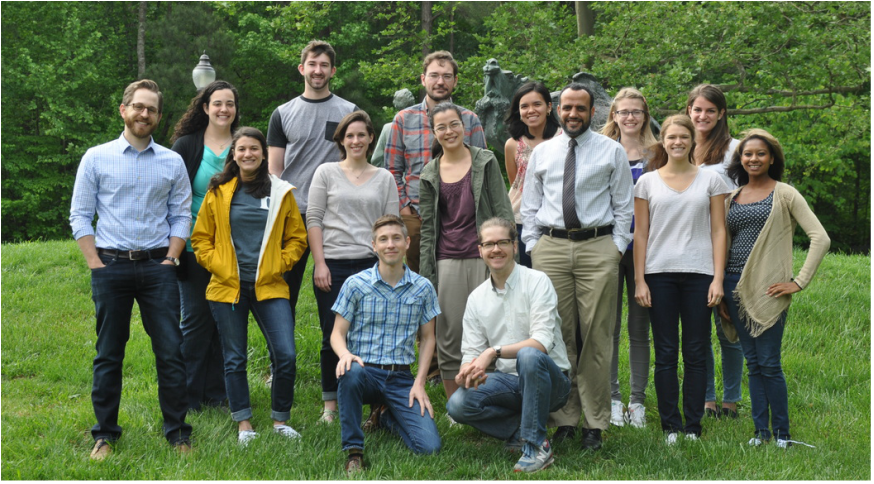Lab PI - Doug M. Boyer
|
Boyer is an associate professor in the department of Evolutionary Anthropology at Duke University in Durham, North Carolina. His research focus is on evolutionary origins of primates. These studies draw on evidence from comparative skeletal morphology of extant and fossil species. He has a long history working for museums and with museum collections. Before and while pursuing a BS in Geology at the University of Michigan (1997-2003), he worked as a fossil preparator and paleo artist in the University of Michigan Museum of Paleontology. His primary mentors during this time were Drs. William Sanders, Greg Gunnell, Phil Gingerich and Jonathan Bloch. He earned a PhD in an Evolutionary Anatomy at Stony Brook University under advisement of Dr. David Krause (2003-2009), learning key principles of specimen collection management by working with Krause's Crazy Mountain Basin Collection of Paleocene mammal fossils. As a bioinformatics postdoc under Jukka Jernvall of the University of Helsinki (2009-2010) he was charged with developing initial designs for what would ultimately become MorphoSource in 2013. Boyer also connected with Dr. Ingrid Daubechies (Duke Dept of Mathematics) and Dr. Julia Winchester (lead developer and product manager of MorphoSource) through Jernvall and pursues research into methods for morphometric shape comparison with them.
|
Lab group
The lab generally consists of a vertically integrated group of postdocs, graduate students, and undergraduates working on various projects. In addition, we typically employ 2-4 work study students and a lab manager.


